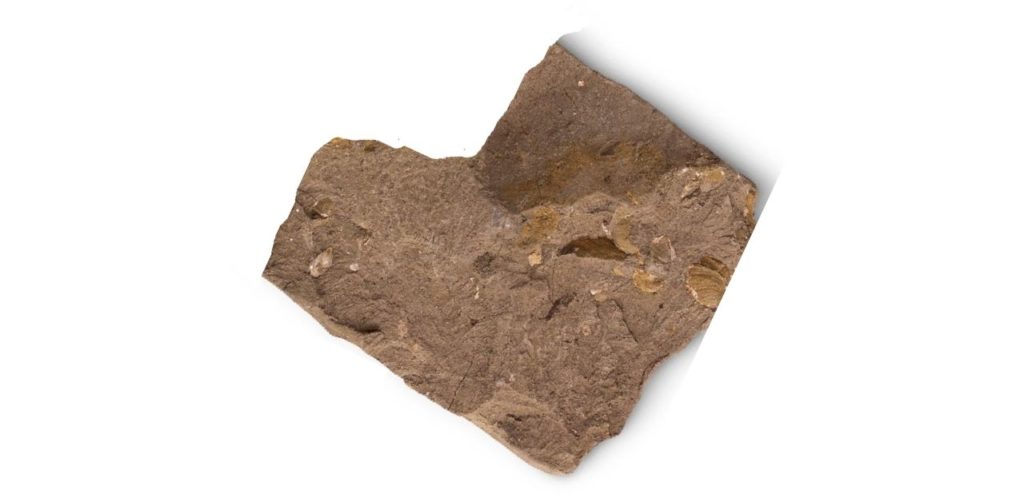Clay

This rock is very rich in clay minerals, together with detrital quartz, mica, and feldspar.
TEXTURE The grain size is so fine that the individual minerals cannot be seen except with a microscope. Clays often have a characteristic smell, and the grains absorb water to become plastic.
ORIGIN Clay forms in many different environments. It can occur in deep and shallow marine conditions, in lakes, and as a continental sediment. Glacial clays develop from the powdering of rock by ice action. Clay minerals are formed by the decay and alteration of certain silicate minerals, such as feldspars, under chemical weathering. Fossils are often well preserved in clay because of its very fine grain size.
Grain size: Fine
Classification: Detrital
Fossils: Invertebrates, Vertebrates, Plants
Grain shape: Angular
